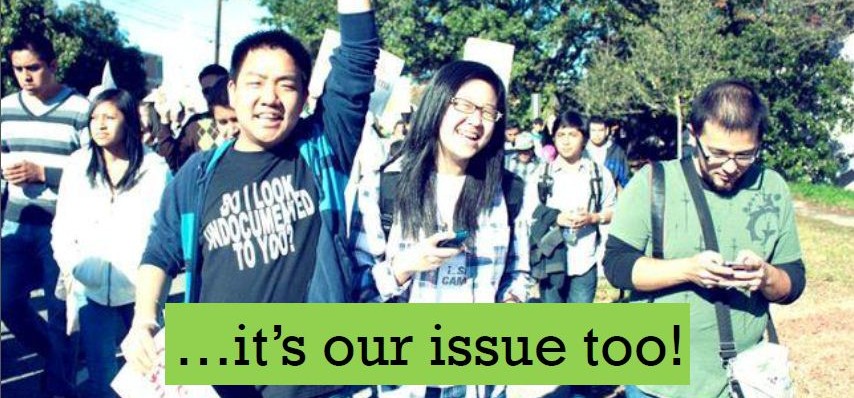Asian American and Pacific Islanders (AAPIs) are the fastest growing racial group, with over 18 million total AAPIs living in the US as of 2011.1 Compared to other racial minority groups, AAPIs stand out for their educational and economic success. However, with this “model minority” myth, it is easy to overlook the nearly 2 million AAPIs living in poverty in the US.2
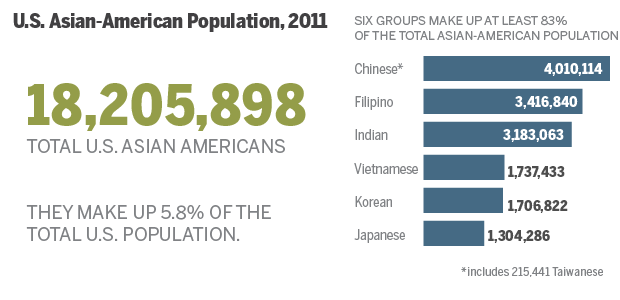
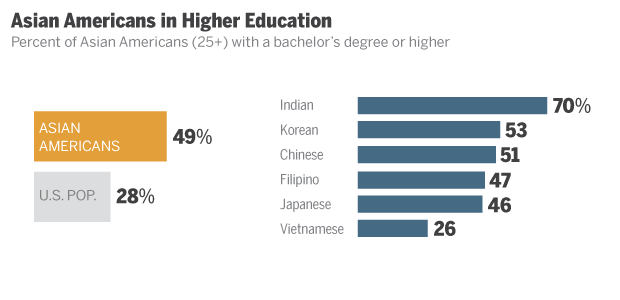
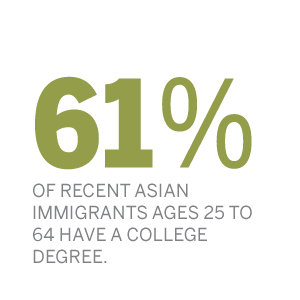
40
The AAPI group is one of the fastest growing poverty populations in the US. From 2007 to 2011, the number of AAPIs in poverty increased by more than half a million (38%), with Pacific Islanders in poverty increasing by about 60%. During these years, the general poverty population grew by only 27%. The large increases in number of poor AAPIs have also been accompanied by large increases in highly skilled and educated AAPI immigrants, so it is not reflected in the overall AAPI poverty rate.2
Poor AAPIs are also disproportionately concentrated in metro areas with the highest living costs. Almost 50% of all poor AAPIs live in the 20 most expensive areas in the country, while only 17% of the general poverty population does. AAPIs in poverty are also more concentrated in a limited number of metropolitan areas and neighborhoods than any other racial or ethnic poverty population. New York, Los Angeles, and San Francisco are the top cities in which AAPIs reside.2
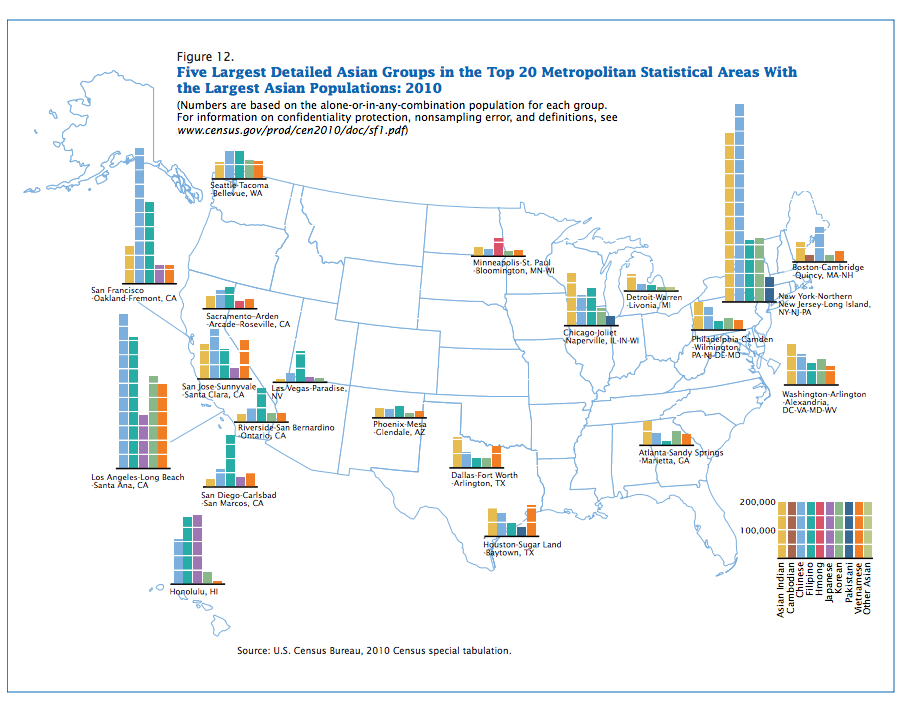
41
AAPI immigrant youth often struggle to be fully integrated in schools and feel alienated from their white peers, as with members of many minority racial and ethnic groups. Racial harassment of AAPI students, particularly recent immigrants, is also a growing problem. To combat these injustices, national organizations such as The Asian American Legal Defense and Education Fund (AALDEF) have been working with grassroots organizations in urban areas, where there are high rates of AAPI immigrants, to meet these students’ diverse needs. For instance, much programming has been done to address bilingual education, cultural preservation, and anti-Asian harassment.3 A rising number of organizations have also given power to AAPI youth who want to be more educated on issues that affect their neighborhoods so that they can participate in community organizing to advocate for these programs. However, more research needs to be done on AAPI youth in schools, because on the contrary to the “model minority myth,” not all AAPIs are high-achieving, and their needs must not be overlooked.
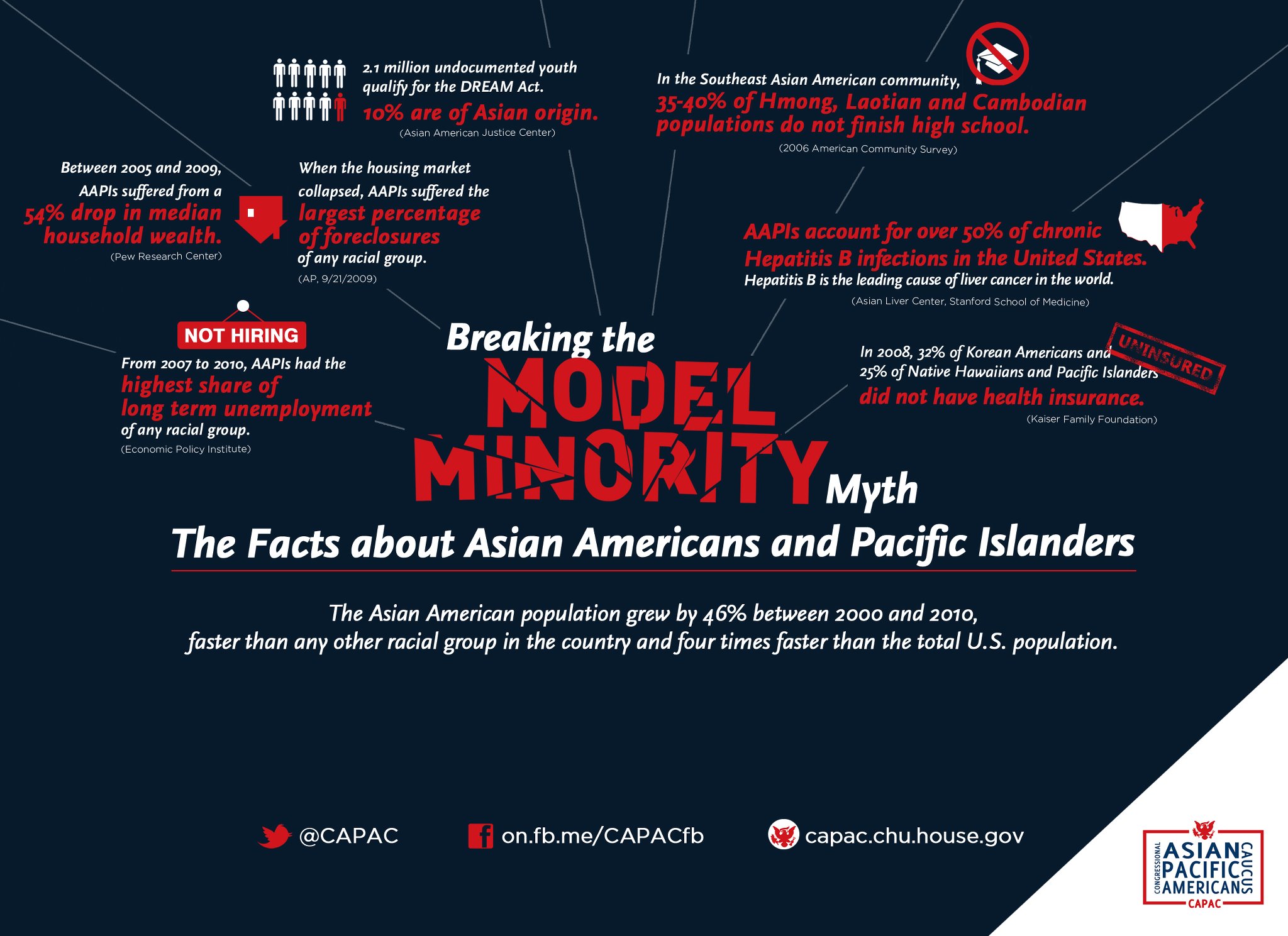 42
42
